Church Hill, Park Lane and York Road
An exhibition showing changes to village shops and houses over the last 150 years
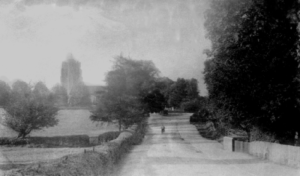

The hill leading to the church appears to be wider in earlier times because there are no footpaths. The cemetery on the right was funded by public subscription and consecrated in May 1935.
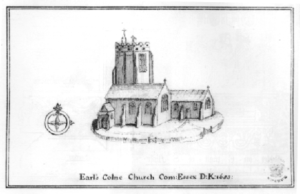
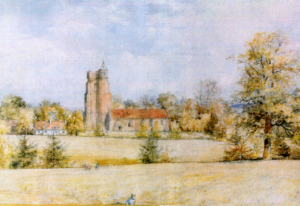
The sketch of the church by Daniel King in 1653 shows the south aisle ending in line with the chancel arch. The building was enlarged by a third in the 1860s, as shown in the watercolour by Major John Bale painted in 1895
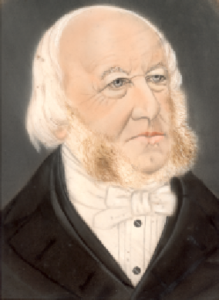
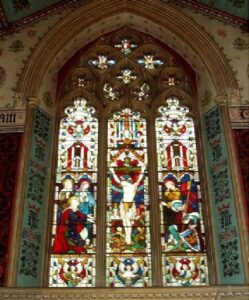
The Revd Robert Watkinson was the Vicar at the time of the enlargement. When the work was completed, his parishioners raised the funds for the east window “in token of their affectionate respect” for him.
He retired in 1867 at the age of 91
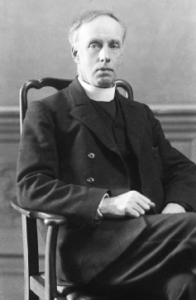
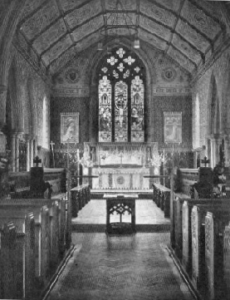
It was Canon Arthur Sutton who commissioned the stencil decoration on the walls and ceiling of the chancel. The painting was competed shortly before his death in 1925.
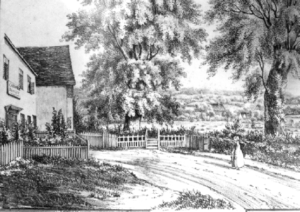
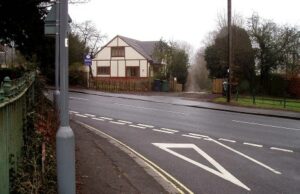
Looking from Park Lane across Church Hill in 1830, the engraving shows the entrance to The Causeway with its unusually high stile. The cottages on the left were demolished in 1864 when the churchyard was enlarged.
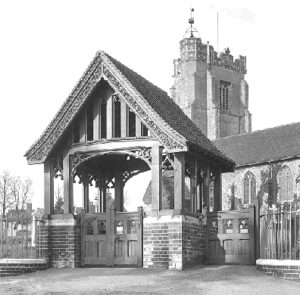
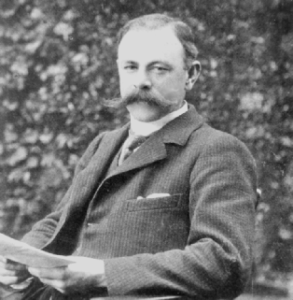
The south lych gate, given by Reuben Hunt in memory of his son, Harry, was dedicated in 1910.
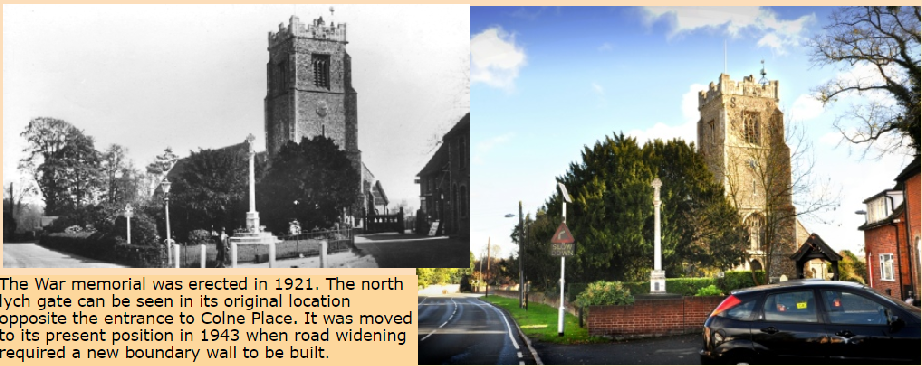
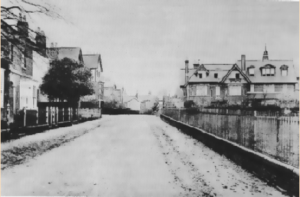
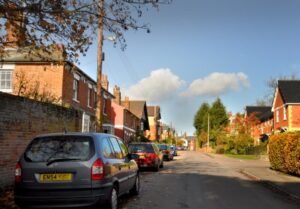
In earlier times, York Road was a cul-de-sac and treated as a part of Park Lane. It became a through road to the High Street in 1893 to provide access to the newly erected Grammar School premises. Those original buildings continued to expand until shortly before the school closed in 1975.
